Fun news! After printing our 20th issue of Darling, we decided the time was right to slowly start sharing some of the print magic here online. So this week is our first selection from Darling Issue No. 5; it’s an article by Jessica Koslow, the founder of one of our favorite LA eateries, Sqirl.
In “Sweet Preservation” Jessica takes us into the history of fruit preservation, then shares two recipes perfect for any breakfast plate. Enjoy!
Sweet Preservation
By Jessica Koslow
As curious as the history of fruit preservation may be, so too is that of Marcus Gavius Apicius (b. 25 B.C.), the Roman gastronome who served under Augustus and Tiberius as a culinary expert.
An extravagant character who enjoyed high society and refined luxury, Apicius is believed to be the author of the first known book of recipes, though it’s impossible to prove the connection. The book, geared toward the wealthy, was written between the fourth and fifth century, and includes recipes for flamingo, braised camel heels, and, yes, fruit preserves.
Fruit preserves have changed little over the centuries — a mixture of fruit, sugar and a bit of acid are the basic ingredients at play. The fruit’s natural gelling agent, pectin, is what binds the sugar and acid when the ingredients are cooked to a specific heat — resulting in a set that we acknowledge as the texture of jam.
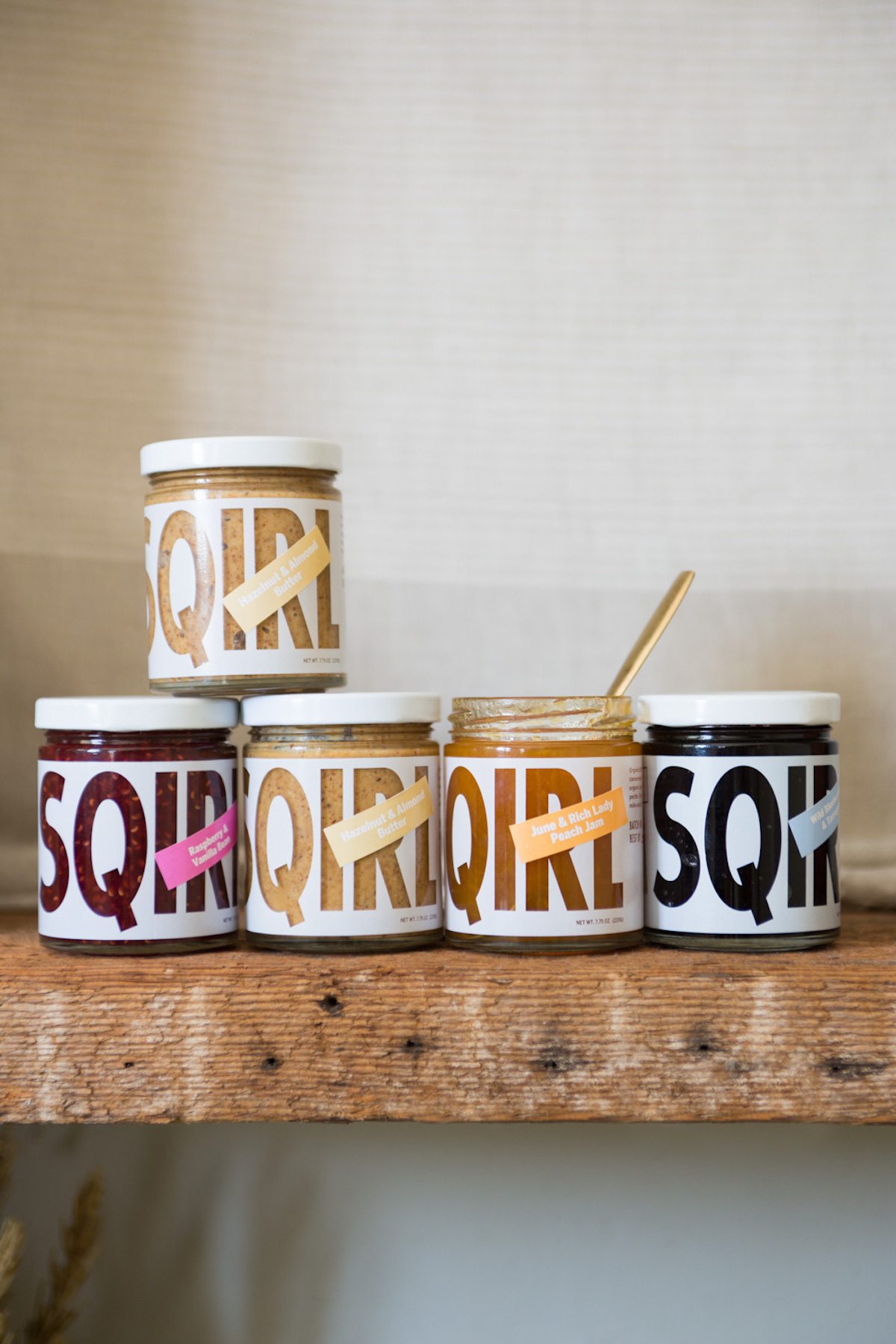
The largest change in the technique of fruit preservation occurred after World War II, when the addition of commercial pectin became an accepted ingredient to both homemade and store-bought preserves. Commercial pectin is a concentrated dose of the gelling agent, resulting in a sure proof set, though considered dense and sometimes lumpy in texture. This inclusion increases the overall mass of the product, elevating the sugar content while reducing the fruit weight and the nuances of flavor found within.
Beyond pectin, what has also shifted is the price of sugar. In 1319, the price for two pounds of sugar was nearly the equivalent of $100 in today’s U.S. currency; in 1750, the British deemed it “White Gold.” The magnificent feasts of Louis XIV, carefully documented, include a finale of fruit filled platters and sugar-rich preserves and marmalades served in silver dishes. Fruit preserves were luxury goods, available only to those who could afford them.
In 1319, the price for two pounds of sugar was nearly the equivalent of $100 in today’s U.S. currency; in 1750, the British deemed it ‘White Gold.’
By the late 18th century, Europeans had established sugar plantations in the Caribbean islands, leaving sugar prices to fall sharply and luxury products, like fruit preserves, to become commonly available. At that point, home cooks and farmers were squirrelling away their fruit in the tradition of Apicius: sugar, perhaps a squeeze of lemon juice and a good copper pan so as to not darken the fruit and to transmit heat evenly and quickly.
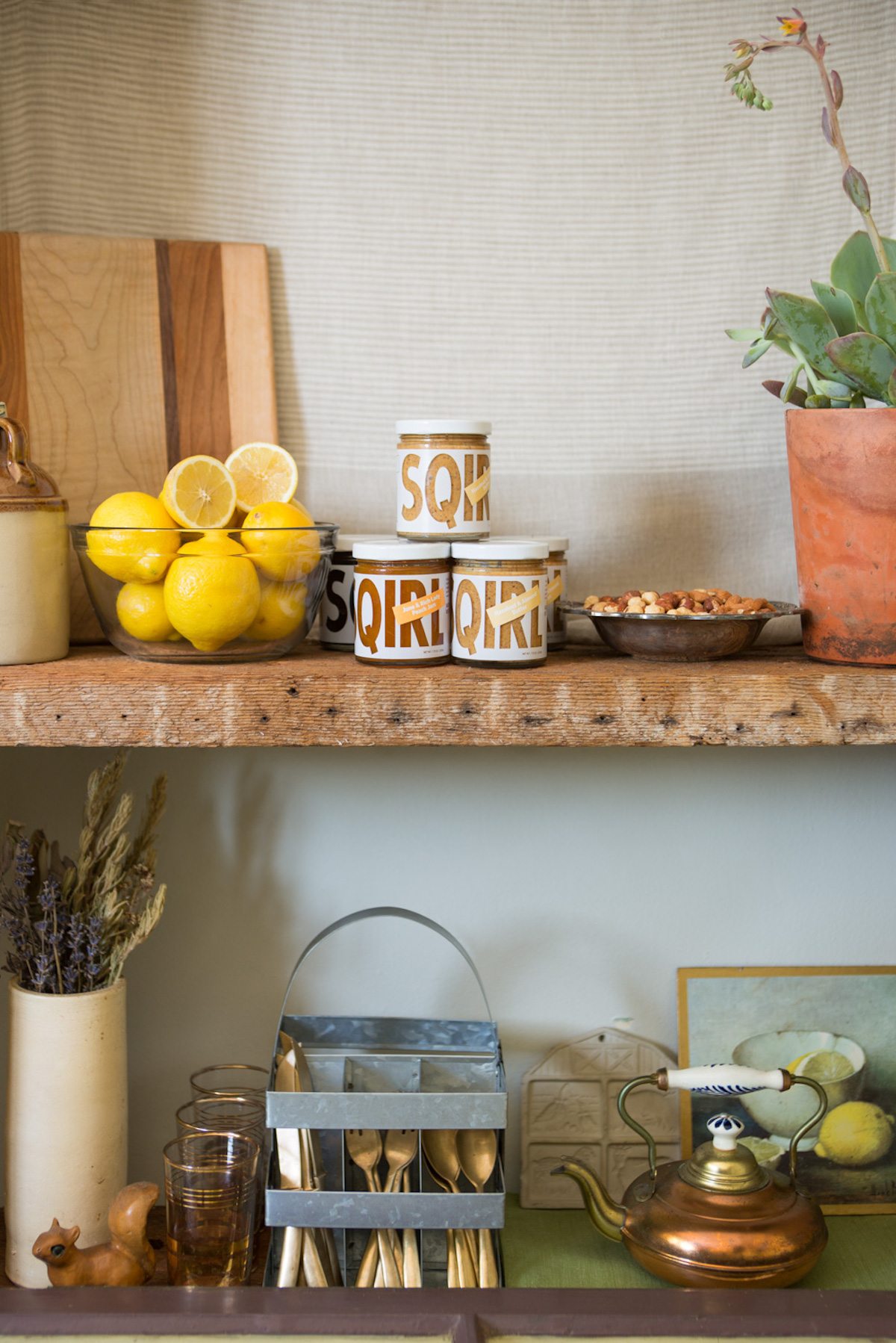
Since 2006, I’ve been testing sets of jam, first when I worked in pastry at the restaurant Bacchanalia in Atlanta, Ga., and now every day, as the owner of Sqirl, a preserve company conserving hard-to-find varieties of produce grown within 350 miles of our kitchen in Los Angeles, Calif. The foundation of jam making, established by Apicius and adopted by home cooks, is the same method we use at Sqirl. If it has worked for thousands of years, why stop now?
Classic Raspberry Jam
3 pounds raspberries
Juice of 2 lemons
1 1/3 pounds Organic, unrefined cane sugar
Method
Apicius method: Using clean hands, blend and squish the raspberries with your fingers.
21st century method: Using a food processor, roughly blend the raspberries. Add the sugar and lemon juice. With a spatula, mix to combine.
Cook
Pour into a wide stockpot, preferably a copper jam pan. Heat on high and stir. During the cooking process, you will see foam float to the surface. Have a stainless steel bowl with water and a fine mesh skimmer in it. When the foam is rigorous, take the skimmer and remove the foam from the surface of the jam. You can lower the heat a bit in order to remove the scum more easily.
To confirm the gel set of the jam, use “the freezer test” and/or “the spoon test” method.
The freezer test involves placing a drop of hot jam on a frozen plate and returning it to the freezer. After a minute, remove the plate and draw your index finger from the bottom of the jam, through it. If the jam parts (like the red sea) and the jam furrows (like a brow) where your finger is pushing the jam forward, then you’ve got yourself a set!
The spoon test involves turning off the jam and dunking a big spoon (preferably metal) into the jam and then watching the drips fall off the spoon. If two drips come together (kiss) on the spoon before falling off as one drip, that’s called sheeting and you’ve got yourself a set. The freezer test is a bit easier to see (you may think drips are sheeting, but perhaps it was the way the spoon was being held) so I prefer the former.
Canning
You have two options: Either pour your jam into hot sterilized jars (you can put clean jars into the oven at 225 F) and let them cool for a bit before placing them into the fridge (the life expectancy is around 6 months) or you can your preserve the jam based on the USDA Canning Guidelines. These guidelines can be found online at the National Center For Home Food Preservation website.
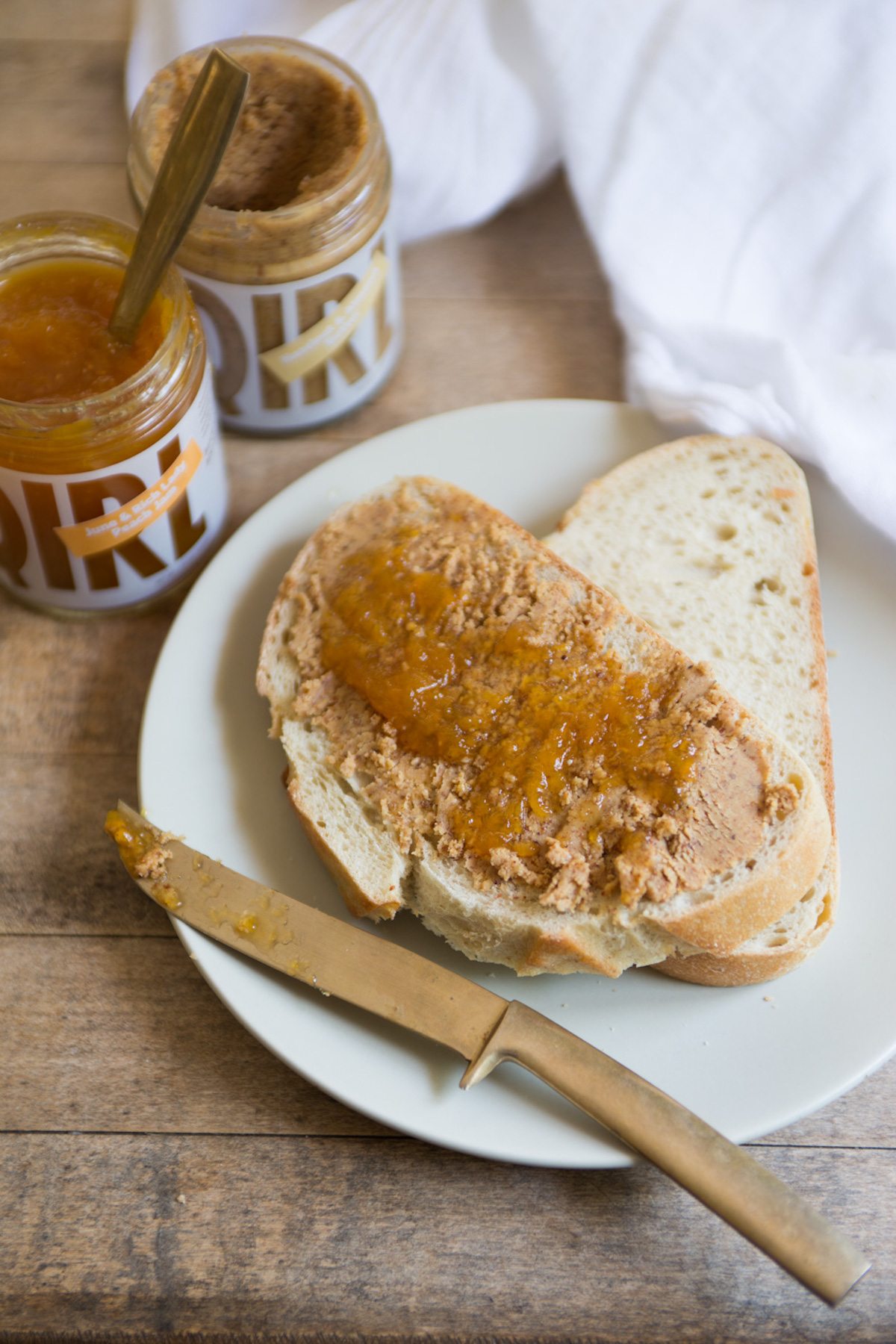
Almond and Hazelnut Nut Butter
2 pounds of roasted/unsalted chopped almonds
1 pound of roasted/unsalted chopped hazelnuts
Take the almonds and hazelnuts and run them through a food processor until mixture resembles an almost paste-like consistency. Take the paste and transfer to a stand mixer with a paddle attachment. Let the stand mixer run on medium high until the consistency resembles a nut butter. If you feel that the nut butter consistency is too stiff, continue to beat the paste while adding a smidge of olive oil into the bowl. Place in a jar and leave outside of the fridge, using liberally at every turn.
Like this? Enjoy the rest of Darling Issue No. 5, available for instant digital downloading HERE.
Images via Victoria Wall Harris
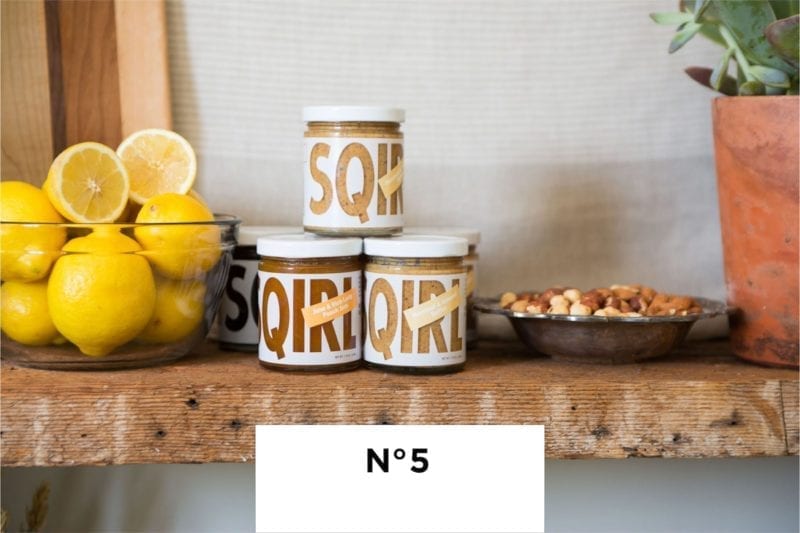



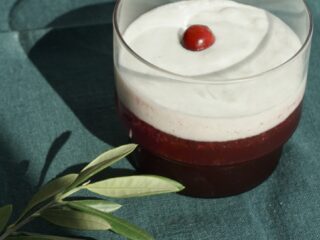




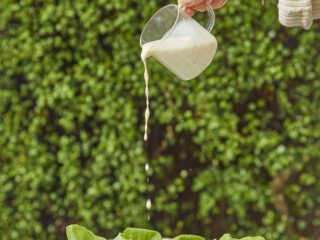
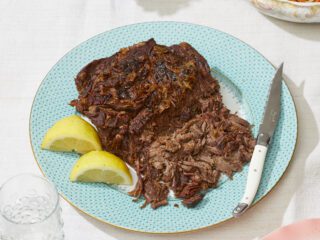
1 comment
I’ve always wanted to visit Sqirl! I live far away in Hong Kong, unfortunately, but now I can try out her recipe at home. Perfect!
–
Charmaine Ng | Architecture & Lifestyle Blog
http://charmainenyw.com